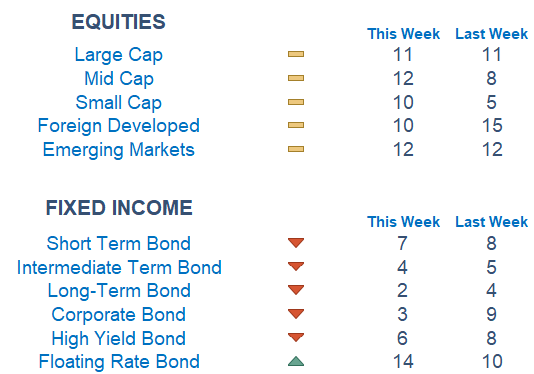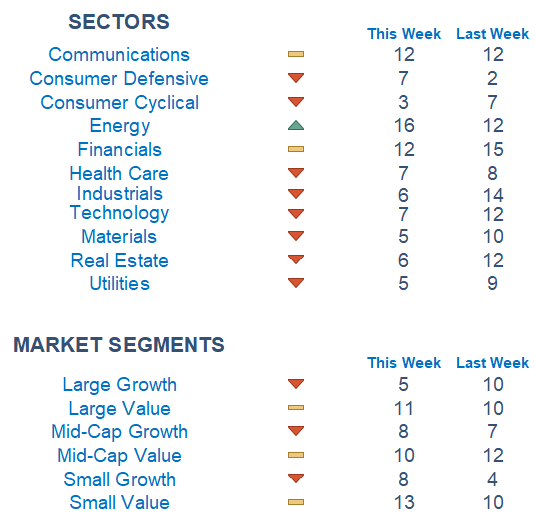Coming off losses in both stocks and bonds, we opened the week negative as the ten-year treasury yield touched 5%. As trading progressed, yields came off their highs as stocks crept into positive territory. The bears and bulls are in a turf battle as 4,200 on the S&P 500 remains a strong support level.

This Week on Wall Street - Week of October 23rd
Market Commentary
Coming off losses in both stocks and bonds, we opened the week negative as the ten-year treasury yield touched 5%. As trading progressed, yields came off their highs as stocks crept into positive territory. The bears and bulls are in a turf battle as 4,200 on the S&P 500 remains a strong support level.
Here's something to chew on: roughly 40% of the S&P 500 reports earnings this week. So far we are seeing reports lag in forward guidance, adding more pressure on stocks. It should come as no surprise but expect elevated volatility and intraday swings this week due to these reports. Outside of earnings on the economic front, the week is filled with housing data. Tight supply and mortgage rates surpassing 8% have scared off buyers and sellers alike.
Newton scores are little changed from last week as fixed income remains depressed. It will be interesting to see if rates hitting the psychological 5% level cause a pause in selling behavior as investors take a breath and wait for new economic data. Beneath the surface, energy is on top with the only high score and rate of change. Discretionary, Utilities, and Materials are at the bottom of the pile.
Newton scores are showing improvement from depressed levels as Foreign Developed notches the highest score. Large caps look better relatively than small caps. Financials and Industrials are interestingly screening out with relative strength as Consumer Defensives lag.
On the economic front: We are getting a tidal wave of Fed Speak as each President will offer their opinion on where interest rates will go and how the economy will fare. Thursday is the most notable as the Chairman of the Federal Reserve, Jerome Powell, speaks.
Economic Releases This Week
Monday: None Scheduled
Tuesday: S&P Flash Services & Manufacturing PMI, S&P Case-Shiller Home Price Index
Wednesday: New Home Sales
Thursday: Initial & Continuing Jobless Claims, Q3 GDP, Pending Home Sales
Friday: PCE Index, Consumer Sentiment
Stories to Start Your Week
Chevron agreed to buy US rival Hess for $53 billion in a stock deal.
Economy minister Sergio Massa surprised Sunday night by finishing on top in the first round of Argentina's presidential election. Massa and Javier Millie, a freshman libertarian candidate, will now face off in a November runoff.
The US is advising Israel to delay a ground invasion of Gaza to allow for more time for hostage negotiations and humanitarian aid.
Cybersecurity firm Okta said an unidentified hacker had accessed the company's support system and viewed client files.

What is Newton?
Our Newton model attempts to determine the highest probability of future price direction by using advanced algorithmic and high-order mathematical techniques on the current market environment to identify trends in underlying security prices. The Newton model scores securities over multiple time periods on a scale of 0-20 with 0 being the worst and 20 being the best possible score. Trend & level both matter.


Technical trading models are mathematically driven based upon historical data and trends of domestic and foreign market trading activity, including various industry and sector trading statistics within such markets. Technical trading models, through mathematical algorithms, attempt to identify when markets are likely to increase or decrease and identify appropriate entry and exit points. The primary risk of technical trading models is that historical trends and past performance cannot predict future trends and there is no assurance that the mathematical algorithms employed are designed properly, updated with new data, and can accurately predict future market, industry and sector performance.
